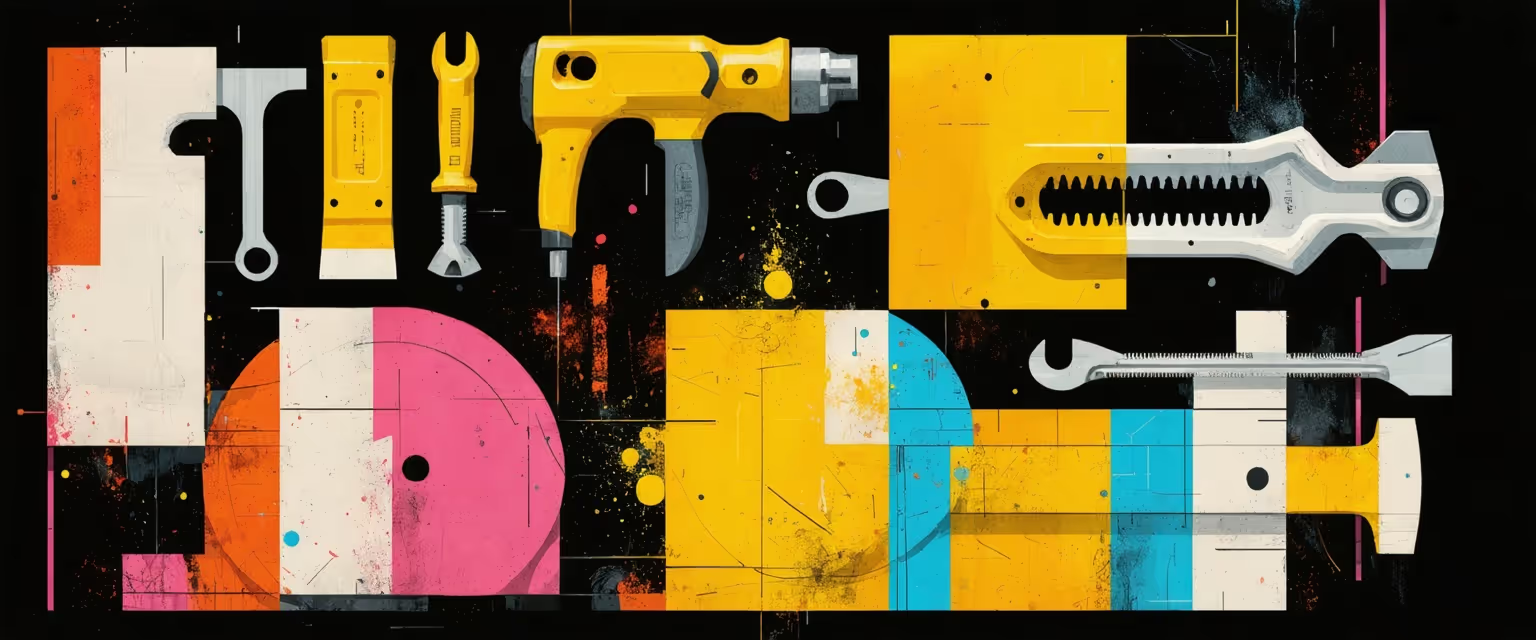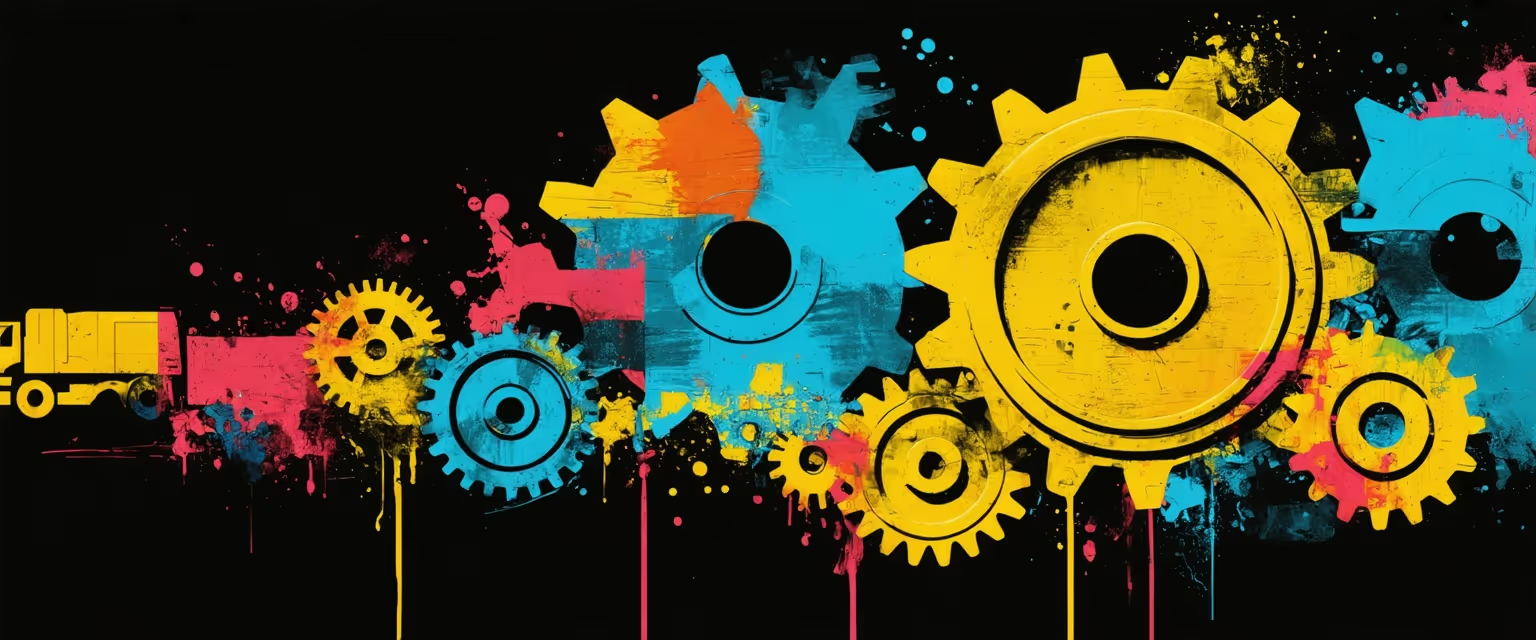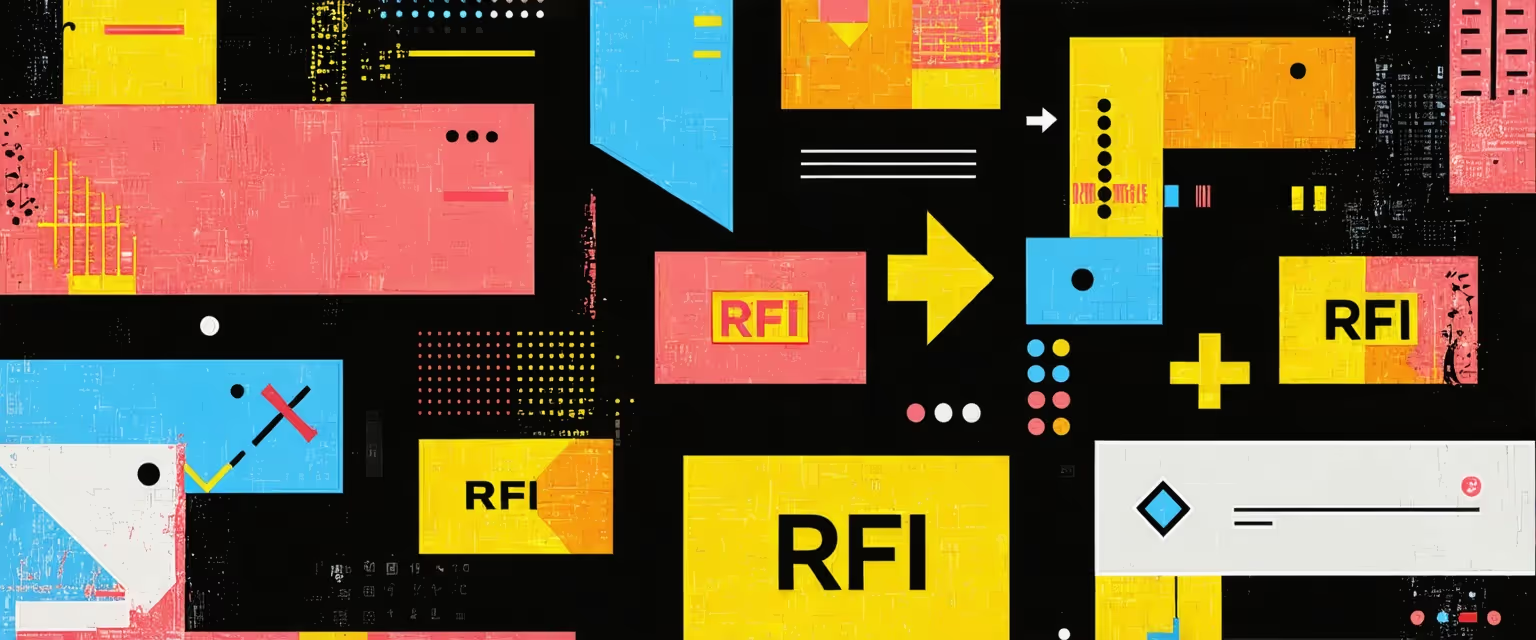All Posts
Construction - AI-Driven Software Integrations
AI for Construction: Smart Automation of OSHA Compliance and Safety Certifications

Discover how AI simplifies OSHA compliance & safety certifications in construction. Reduce risks, save time, and maintain safety with Datagrid's AI solutions.
Struggling to manage safety certifications and OSHA tracking in construction amid piles of paperwork and tight deadlines? You're not alone. Missing a single certification or overlooking an OSHA requirement can lead to hefty fines, project delays, and serious safety risks on your job site. These administrative burdens steal precious time from actual building operations.
But what if you could simplify this process and keep everything seamlessly in sync? Datagrid's AI Data Connectors, powered by Agentic AI, show how AI automates safety certifications and OSHA tracking in construction. They cut through the busywork, minimize compliance risks, and let you focus on what you do best—building. Let's dive into how AI is transforming safety management and how Datagrid can make a real difference for your projects.
The Transformative Role of AI: Automating Safety Certifications and OSHA Tracking in Construction
AI in construction isn't just another tech buzzword—it's making a real difference in worker protection. Automating safety certifications and OSHA tracking might seem mundane, but it's crucial. These requirements are the safety net that helps everyone go home uninjured. Before AI stepped in, collecting, reviewing, and updating compliance documents felt like slogging through mud.
Now, AI is putting that paper chase to rest by quickly sorting through massive amounts of data and ensuring certifications stay valid. This efficiency lowers the risk of administrative slip-ups that can lead to costly fines or project delays.
Automating these processes can be the difference between a site that's always playing catch-up and one that's a step ahead. By integrating AI into safety certification tracking and OSHA compliance, firms let machines handle the grunt work so managers can focus on running a safer, more productive operation.
Traditional Methods vs. AI Automation in Safety Certifications and OSHA Tracking
Manual processes often involve sifting through piles of paperwork and mining data from PDFs, which is time-consuming and prone to errors. It's all too easy for a document to vanish in the shuffle, causing compliance gaps no one notices until an audit or incident uncovers them. Typos or overlooked expiration dates can lead to hefty fines or, worse, put someone at risk. Meanwhile, staff get bogged down in repetitive tasks that drain valuable time and energy.
AI flips the script by handling these procedures with speed and accuracy. Systems analyze documents in real time, flag potential inconsistencies, and streamline data entry.
Platforms like Datagrid excel here: they process large volumes of training records and combine them with other data sources you already use. That integration means you don't have to juggle separate systems or spend hours uploading documents.
Automation also triggers reminders for upcoming recertifications or newly issued safety standards, and can automate meeting scheduling. Instead of relying on back-and-forth emails, AI-driven alerts keep everyone in the loop—fast. By letting machines handle repetitive tasks, crews can focus on actual safety conditions on site.
Datagrid's data connectors bridge the gap between multiple tools. Workflows that used to be slow and scattered become centralized and controlled. This reduces the chance of missing a critical step while preserving the human element where it matters most: ensuring the job site is physically safe, not just compliant on paper.
AI's Capabilities in Automating Safety Certifications and OSHA Compliance
Data Processing and Analysis
AI's superpower is chewing through huge amounts of data without missing a beat, including automating PDF data extraction. Systems like Datagrid automate document review by scanning certificates, expiration dates, and critical fields, then matching them against your records to confirm everything lines up. It's like having an ultra-attentive assistant who never sleeps. AI's knack for spotting patterns helps it detect discrepancies far more reliably than manual reviews, thanks to AI agents for data validation.
But this data analysis isn't just about checking boxes. It gives construction leaders a closer look at trends—maybe crew members consistently skip a certain safety module, or a particular certification lapses more often than it should. When AI highlights these details, managers can fix issues early and keep projects moving safely.
Automation of Workflows
Once AI systems perform their data-crunching magic, they shift into action. If a certification is about to expire or a new OSHA standard demands a refresher course, the system can send out alerts and schedule the necessary training, effectively automating compliance monitoring.
The same goes for collecting incident reports, tracking equipment checks, or automating forms analysis. AI handles repetitive tasks with minimal oversight, letting you spend more time on strategic planning or safety walkthroughs.
By making compliance a continual background process, AI keeps everyone on their toes without stifling productivity.
Seamless Integration with Existing Technologies
An added bonus is how easily AI platforms connect with existing systems, funneling data from multiple sources into one view. That means you don't have to dismantle your current setup to enjoy the benefits. Datagrid, for instance, can plug into various software tools, gather scattered compliance info, and present it in a dashboard that's easy to understand. This integration reduces redundancies and keeps your team from flipping between a dozen logins.
Adopting AI doesn't require an all-or-nothing overhaul. Many solutions slot seamlessly into familiar processes, cutting training time and easing any fears your team might have about relearning everything. In the end, AI is there to help, not add complexity. It locates problematic areas and handles the data chores so you can focus on the people and projects that matter most.
The Benefits of AI in Automating Safety Certifications and OSHA Tracking in Construction
Time and Cost Savings
On a construction site, time is money, and AI can save a lot of both. Traditional compliance checks eat away at schedules and payroll. By automating tasks—from job site inspections to certification renewals—AI reduces redundant work and speeds up the entire process. Projects stay on track, and staff hours go toward problem-solving rather than paperwork.
Workplace injuries can lead to significant costs in compensation, lost hours, and project overruns. When AI-enabled systems keep compliance tight, the odds of costly incidents drop. It's a win-win: prevention measures protect your crew and your bottom line.
Enhanced Accuracy and Compliance
AI thrives on consistency. It follows the rules exactly every time and raises a red flag when something doesn't match. That precision leads to better compliance with OSHA, resulting in fewer fines, fewer stop-work orders, and a cleaner safety record. AI reduces the margin of error that can happen when your team is juggling dozens of tasks at once.
On top of that, AI can identify hidden patterns and predict risks. For instance, if certain training modules are overlooked or a specific piece of equipment keeps failing inspections, AI spots the trend before it becomes a crisis. Managers can then tighten procedures or schedule maintenance proactively.
Improved Decision-Making
The real strength of AI lies in its knack for turning raw data into useful guidance, offering enhanced insights. By watching for patterns, comparing results across sites or crews, and ranking potential risks, AI helps you make decisions backed by solid numbers. It's much simpler to justify new training programs, modify equipment usage, or add extra safety checks when you have evidence to support the change.
AI can also serve as a compass for future planning. You learn from what went right—or wrong—in past projects and apply those lessons to new builds. Over time, this continuous improvement fosters a safety culture that requires less course correction and promotes stronger teamwork.
Deploying AI does come with challenges: staff training, data quality needs, and initial setup costs. Yet many companies find these early hurdles overshadowed by the long-term benefits. It's an investment in streamlining job site tasks and enhancing safety, yielding significant long-term benefits.
How Agentic AI Simplifies Construction Task Automation
For construction project managers handling complex projects and seeking to streamline operations, Datagrid's data connectors and AI agents offer a transformative solution. This powerful platform seamlessly integrates with critical construction management systems, automating documentation workflows and daily tasks to free up valuable time for project oversight and client relationships.
Imagine connecting your core construction software like Procore, PlanGrid, or Autodesk BIM 360 with Datagrid's AI-powered platform. Suddenly, RFPs, submittals, change orders, and daily reports flow effortlessly between systems, eliminating manual data entry and reducing communication gaps.
AI agents can automatically process incoming bid documents, cross-reference specifications against historical data, and flag potential issues for project manager review. They can even track permit status updates and deadline requirements across multiple jurisdictions.
Datagrid's integration capabilities extend far beyond just construction-specific software. It connects seamlessly with popular project management tools like Microsoft Project and Primavera P6, allowing your team to access real-time schedule updates and resource allocation data without switching between applications. Financial systems like Sage 300 or QuickBooks can be linked, enabling automated cost tracking and budget forecasting.
The real power of Datagrid lies in its ability to automate complex, time-consuming tasks:
- Document management - AI agents can analyze incoming submittals, RFIs, and change orders, extract critical information, and route them to appropriate team members. This dramatically speeds up review cycles and keeps projects moving forward.
- Safety compliance - By connecting to safety management systems, the platform can automatically monitor incident reports, equipment certifications, and worker qualifications, triggering alerts for any compliance issues.
- Progress tracking - The platform can monitor daily reports, photos, and schedule updates across systems, generating automated progress reports and identifying potential delays before they impact the critical path.
- Communication - Integrations with platforms like Slack and Microsoft Teams ensure important updates, such as RFI responses or safety incidents, can be automatically routed to the right team members, ensuring swift action and collaboration.
By leveraging Datagrid's data connectors and AI agents, construction project managers can transform their operations. Routine documentation is handled automatically, data flows seamlessly between systems, and managers are empowered with AI-driven insights.
This allows your team to focus on what truly matters: delivering successful projects, maintaining client relationships, and growing your business in an increasingly competitive market.
Simplify Safety Certifications and OSHA Tracking in Construction with Agentic AI
Ready to streamline your construction project management with AI-driven automation? Datagrid connects with all major construction platforms—Procore, PlanGrid, BIM 360—and handles tasks like RFP analysis, submittals, change orders, and real-time scheduling. It's designed to keep compliance on track while giving you deeper insights.
Want to see how much faster and smoother your projects can run?












